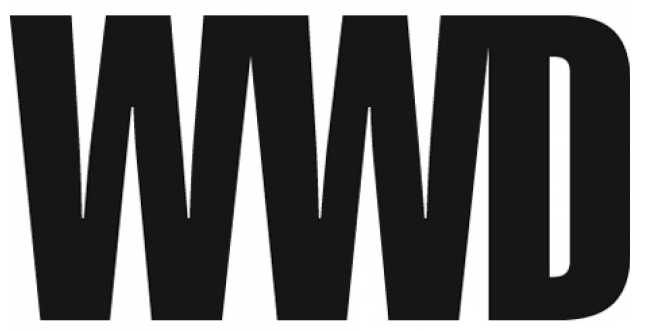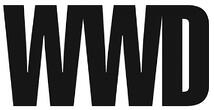U.S. shoppers appear to be priming the promotional pump this holiday season as they become more assertive about their reluctance to buy products they consider to be overpriced.
According to data provided exclusively to WWD by First Insight Inc., the Sewickley, Pa.-based predictive analytics firm that works with retailers and brands to gauge consumers’ reactions to products and pricing, overall price resistance is greater this holiday season, but certain sectors and categories — including the still-hot luxury market and athleisure category and the new field of smartwatches — appear to be enjoying exemptions.
In the past, First Insight’s data have shown that consumers would be willing to pay a higher price than the one planned by the store or brand for about 11 percent of products they view overall. But that number has dropped to between 8 and 9 percent for holiday 2014, suggesting reduced price elasticity and increased promotional pressure for marketers, according to Jim Shea, Chief Marketing Officer of First Insight.
Although the figures vary by category within the sector, consumers polled regarding luxury products are willing to pay 10 to 20 percent or more above the price suggested by the store or brand. Additionally, and consistent with retail sales patterns throughout the year, athleisure products are showing less price resistance as consumers look to incorporate the trend into their wardrobes and those of their loved ones.
“Those products are showing extremely strong product acceptance and interest,” Shea said. “And, based on how the market has moved, there are a lot more products to be tested.”
While First Insight analyzes data for its clients, polling is arranged by the brands and stores, which, through social media, e-mail and other means, request that their customers participate in an online game of “What Would You Pay?” “This also gives us an ideal platform to study the value of a particular brand or a brand with a name attached to it,” Shea told WWD. “In a licensing situation, we could help the brand determine if the added value covers the royalty.”
In the nascent smartwatch category, the results were somewhat skewed by the Apple Watch, for which consumers on average are willing to pay $306, $44 below its list price of $350. However, women buying an Apple Watch for themselves are willing to pay nearly $50 more than the list price and Millennials are willing to pay $85 more than those aged 35 to 49. Self-described “early adopters,” perhaps more aware of the retail pricing, on average would pay $353, just above the target price. The most popular of the smartwatches tested was the ASUS Zenwatch, priced at $199.99 but coming in with an average of $206 in the “What Would You Pay?” survey.
“The first generation of smartwatches seem to be unisex, if not designed for men,” Shea noted, “but this market, essentially new for 2014, obviously has a future among women.”
First Insight’s client roster includes retailers and suppliers of apparel, footwear, accessories, jewelry, sporting goods and home goods. It processes about 3 million data points a month.












